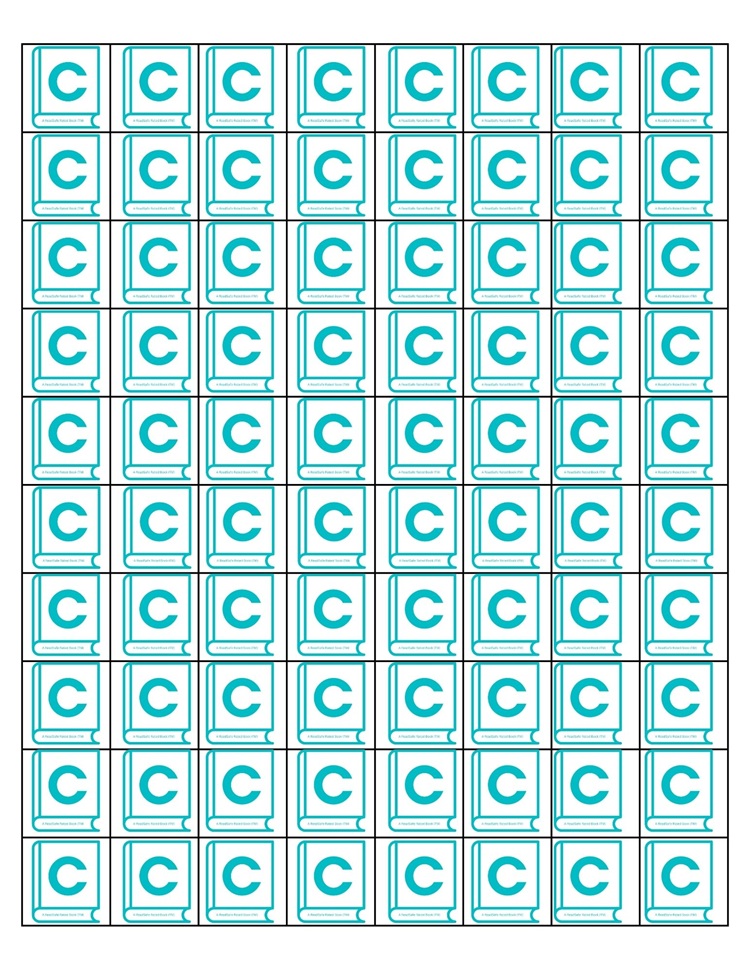
Your ReadSafe Rating Is Ready — Now Seal the Deal with Official Labels!
You’ve taken the crucial step by getting your book rated with ReadSafe—congratulations. But your work isn’t done yet. To fully leverage that rating and protect your printed books, you need the official ReadSafe Ratings labels.
Why add the ReadSafe label to your printed books?
-
Make Your Rating Visible and Official: A digital rating is great, but a physical label on your book’s cover or spine makes it clear to readers, booksellers, and librarians exactly what they’re getting—no guesswork, no surprises.
-
Boost Reader Confidence and Sales: Readers want transparency. Displaying the ReadSafe label helps them make informed choices quickly, increasing the likelihood they’ll pick up your book without hesitation.
-
Prevent Confusion and Censorship Challenges: Without the label, your rating can get lost in translation. The label is your frontline defense against misunderstandings and potential censorship in stores and libraries.
-
Easy to Apply, Immediate Impact: These durable, professional-grade labels are designed for smooth application and long-lasting visibility. They seamlessly update your existing print copies without the hassle of reprinting.
-
Show You’re a Pro Who Cares: Displaying the label highlights your commitment to honesty, reader respect, and industry best practices—a strong selling point in today’s sensitive market.
Don’t leave your hard work vulnerable. If you’ve earned your ReadSafe Rating, now it’s time to close the loop by adding the label to your books. It’s a small investment that delivers big protection, professionalism, and peace of mind.
Order your official ReadSafe Ratings labels today and keep your books—and your author career—secure, transparent, and reader-friendly.
You will receive 80 labels per sheet, with a minimum 3 sheet order of $10 per title, includes shipping.





